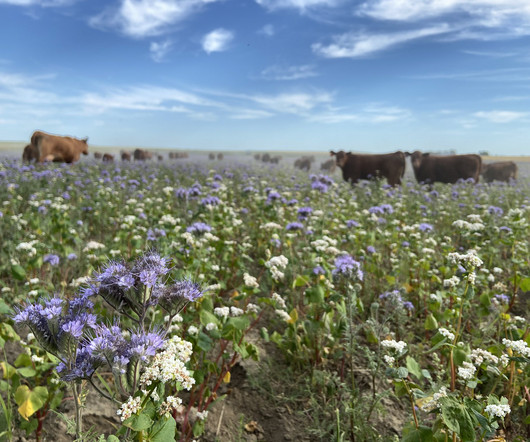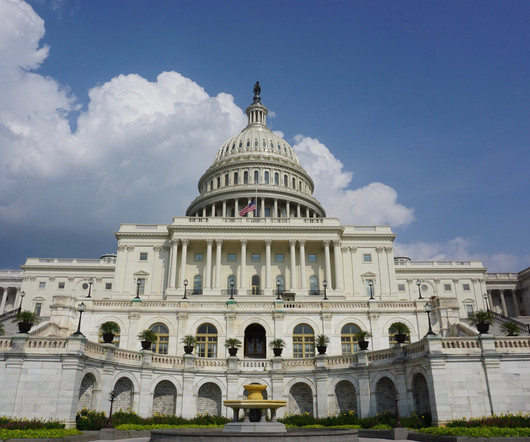Inflation Reduction Act Conservation Dollars Are a Vital Bulwark Against Climate Change
National Sustainable Agriculture Coalition
DECEMBER 8, 2023
That means that when there is a heavy rainstorm, the soil will keep absorbing it even while less fertile soils let the rain (and associated nutrients) wash off into nearby bodies of water. Such practices can also reduce nitrous oxide emissions, in part by reducing the need to apply synthetic fertilizers.











Let's personalize your content